67 pages • 2 hours read
Rudyard KiplingKim
Fiction | Novel | Adult | Published in 1901A modern alternative to SparkNotes and CliffsNotes, SuperSummary offers high-quality Study Guides with detailed chapter summaries and analysis of major themes, characters, and more. For select classroom titles, we also provide Teaching Guides with discussion and quiz questions to prompt student engagement.
Symbols & Motifs
The River
The Arrow River is a legendary feature of the tales of the Buddha, a stream that sprang up where an arrow he had shot fell to the earth. It was said that that river provided the forgiveness of sins, enlightenment, and liberation from bondage to the Wheel of Things. The river thus represents the goal of the lama’s journey, and as such, it is primarily associated with the lama. Kim also is engaged in the quest to find the river, but more from a sense of devotion to the lama than for the river’s own sake. The river symbolizes an ultimate pursuit, the end goal of the spiritual journey toward which everything is oriented. In this sense, it forms something of a contrast to the symbol of the road, in the way that an end is contrasted to the means.
The search for the river features large in the early section, particularly in Chapters 3 and 4, where Kim and the lama inspect every stream and canal that they come across to see if it might be their river. By the book’s final section, the river has been spiritualized in the lama’s mind. Whereas before, he appeared to have been looking for a physical, identifiable river, in the end, he is expecting a miracle: a river that will break forth from before their very feet once they are ready to encounter it.
Related Titles
By Rudyard Kipling
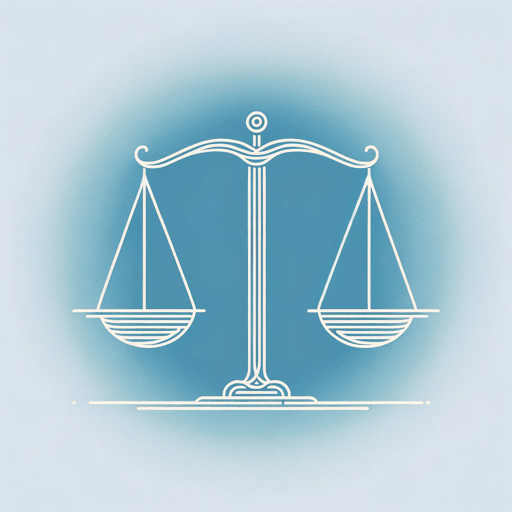
If—
Rudyard Kipling

Lispeth
Rudyard Kipling
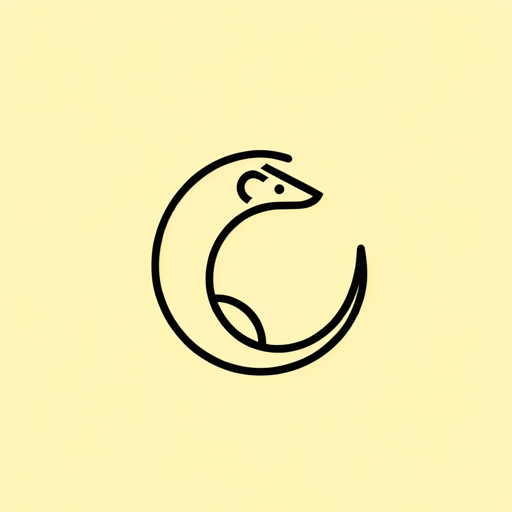
Rikki Tikki Tavi
Rudyard Kipling
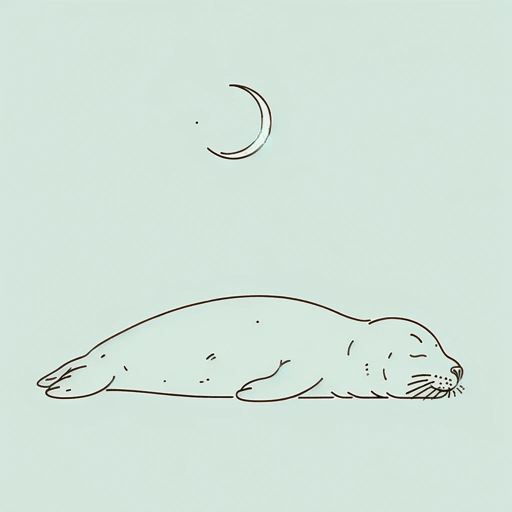
Seal Lullaby
Rudyard Kipling
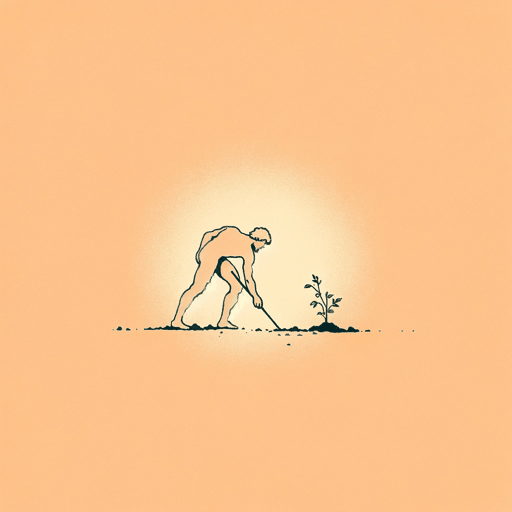
The Conundrum of the Workshops
Rudyard Kipling

The Jungle Book
Rudyard Kipling

The Man Who Would Be King
Rudyard Kipling
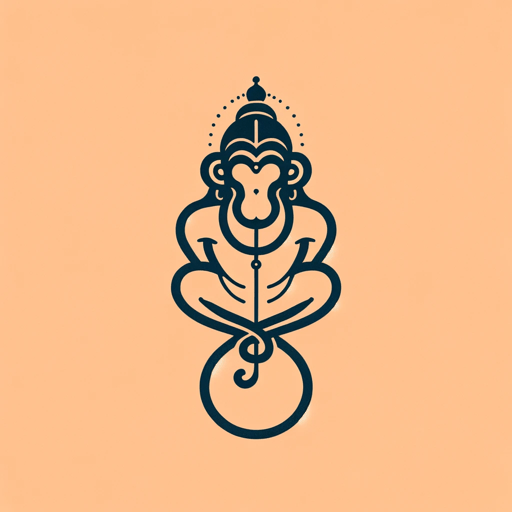
The Mark Of The Beast
Rudyard Kipling
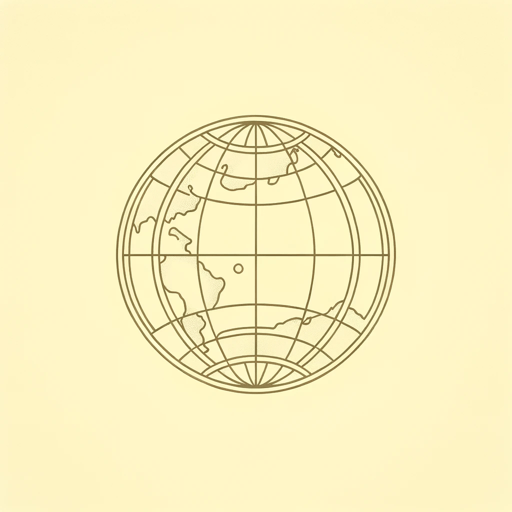
The White Man's Burden
Rudyard Kipling
Featured Collections
Action & Adventure
View Collection
British Literature
View Collection
Colonialism & Postcolonialism
View Collection
Community
View Collection
Friendship
View Collection
Historical Fiction
View Collection
Nobel Laureates in Literature
View Collection
School Book List Titles
View Collection

